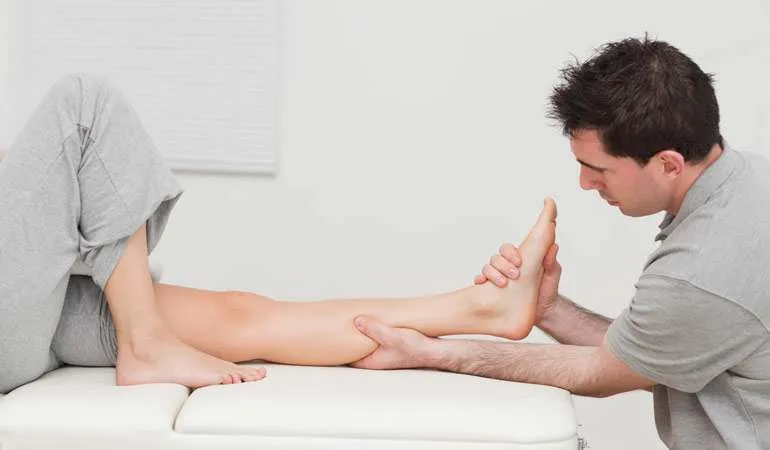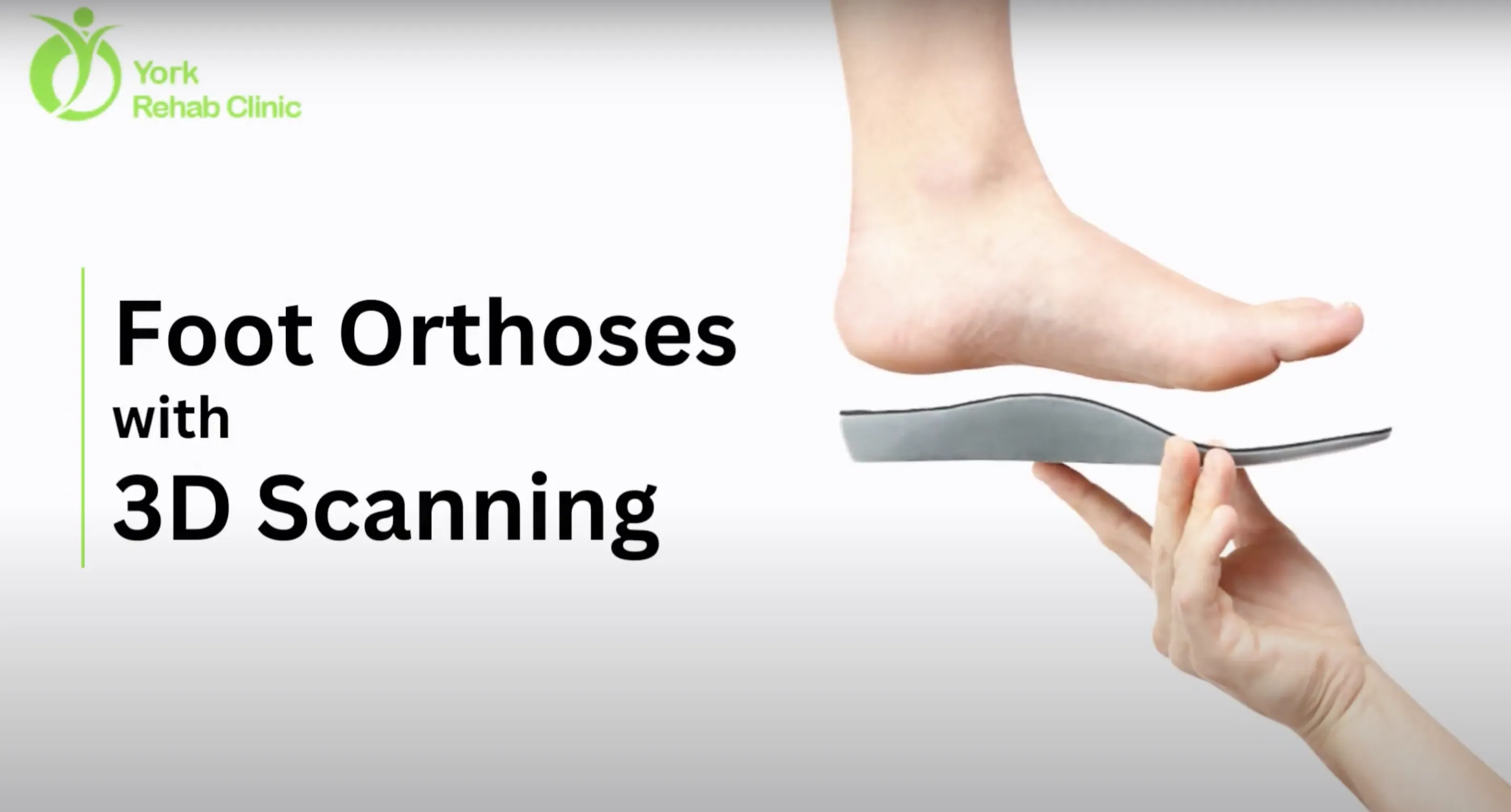Healing Hands: Discover Pain Relief and Improved Range of Motion
Looking for effective pain relief and improved range of motion?
July 30, 2023, 6 min read, Physiotherapy

The facet joints are the connections between the bones of the spine. The nerve roots pass through these joints to go from the spinal cord to the arms, legs, and other parts of the body.
These joints also allow the spine to bend and twist, and they keep the back from slipping too far forward or twisting without limits. Like the knee joint, they have cartilage to allow smooth movement where two bones meet. The joints are lined with synovium and have lubricating joint fluid.
When these joints get swollen because of injury or arthritis, it causes pain. If the affected joint is in the neck, it may result in headaches and difficulty moving the head. If it is in the back, it may cause pain in the lower back, buttocks, or thighs.
The spine is made up of moveable bones called vertebrae. Each vertebra functions as a three-joint complex with a large disc in the front and two facet joints in the back. This strong tripod design keeps the bones linked together while allowing our spine to bend and twist. Facets are synovial joints that are lined with cartilage, lubricated in synovial fluid, and covered by a joint capsule. Healthy facet joints glide and slide as the back moves, but prevent over-twisting.
Pain that comes from one or more facet joints is called facet joint syndrome or facet arthropathy. Degenerative changes in the spine may cause body weight to shift unevenly to the facet joints. This extra burden causes wear and tear on the joint and change it over time. The joint capsule thins, smooth cartilage breaks down and becomes irregular like a cobblestone street, and bone spurs may form. Similar to arthritis of the knee joint, these changes make it difficult for the joint to move fluidly and it reacts by becoming inflamed and irritated. The irritated joint sends pain signals to the brain via small nerves in the capsule called medial branch sensory nerves. In turn, the muscles in the area can stiffen and spasm.
In short, injury and degeneration cause the natural movement of these joints to break down, and the resulting inflammation, nerve irritation, and uneven pressure can cause intense pain and a significant decrease in your quality of life.
Facet joint pain can occur gradually, in the case of degeneration, or suddenly when caused by injury. The most common symptoms of Facet Joint Syndrome are:
These symptoms affect different parts of your body depending on which spinal nerves have been irritated.
As we get older, the cartilage in our joints wears down. An injury, repetitive movements, obesity, poor posture, and other spine conditions that change the way the facet joints align and move can cause pain.
Changes in the facet joints can begin with the deterioration of a vertebral disc. As the load of the body weight shifts to the facet joint, the cartilage breaks down, the joint space narrows, and the bones rub together.
Facet joint syndrome occurs in both men and women. It is most common between the ages of 40 and 70 and in those prone to arthritis. It also may develop in people who’ve had a spine injury.
How does your osteopath diagnose a Facet Joint Injury?
The most accurate diagnosis of a facet joint injury is by palpation/touch. Osteopaths are trained to examine the spine, and they develop a remarkable sense of touch.
You may be asked to stand or move in different positions and point to where you feel pain. The osteopath may manipulate your joints or feel for tenderness over the spine.
Imaging studies, such as X-rays, CTs, or MRIs, may be ordered to help diagnose and check for other spine and hip-related problems, but some of the diagnostic tools you might expect a doctor to use are not needed in these cases. X-rays, MRI, and CT scans are useful to identify arthritic changes and fractures but are unable to detect a locked facet joint.
Facet Joint Injections can also be used to help identify facet joint pain. The facet joint is injected with a local anesthetic and corticosteroid medication. The injection is given using X-ray fluoroscopy to ensure accurate needle placement in the facet joint. Your pain level is evaluated before and 20-30 minutes after injection, and monitored over the next week. Facet joint involvement is confirmed if your pain level decreases by more than 75%. If your pain level does not change after the injection, it is unlikely that the facet joint is the cause of your pain.
Pain from Facet Joint Syndrome can be treated conservatively with postural correction, physical therapy, massage, and chiropractic adjustment. These treatments can reestablish normal motion and increase the strength of the surrounding muscles to help support your spine. Conservative treatments are usually combined with anti-inflammatory medications and possibly muscle relaxers to diminish your acute pain while your body heals.
Most conservative treatments for facet syndrome involve postural correction, soft tissue massage, and manipulation of the affected areas.
Osteopathic clinicians and chiropractors are adept at restoring restricted and painful facet joints to move and can reestablish normal motion. Treatments are usually combined with a course of anti-inflammatory medications to decrease inflammation. Muscle relaxers may be used to decrease local muscle spasms.
In some cases, the pain may be so severe or the condition so advanced that conservative therapies are either too painful or otherwise ineffective. In these cases, a patient may be recommended for interventional pain therapy.
Minimally-Invasive Pain Therapy for Facet Joint Syndrome
If conservative treatments are ineffective or too painful, you may be recommended for one or more minimally-invasive surgical procedures. These procedures can be performed on an outpatient basis, and are done safely using fluoroscopic X-ray guidance. Interventional pain management therapies can offer rapid pain relief and help you resume normal activity.
Looking for effective pain relief and improved range of motion?

Some migraine sufferers have reported excellent results from osteopathic treatment leading to a lessening or prevention of migraine symptoms.

Car Vehicle Accident (MVA)Significant injuries might recover in hospital but pain may continue long after you’ve been discharged.

At York Rehab Clinic, physiotherapists use various techniques and modalities, such as exercise, manual therapy, electrotherapy, Laser therapy and Shockwave therapy.

We would like to go into detail about ankle injuries from strains and sprains, and why it is a good idea to get physiotherapy.

Take advantage of our exclusive All-Inclusive Package and enjoy $180 in savings 6 visits, with a choice of three different services. A complimentary Medical Cooling Pillow.

Strengthen your lower body with the Standing Squat exercise! Targeting legs and buttocks, it enhances stability and everyday movement.

A spinal deformity is an abnormal alignment or curve of the bony vertebral column. Adult scoliosis can be caused by age-related birth defects, a child’s growth, aging, injury, or previous spine surgery.

Interested in learning more about how York Rehab Clinic uses 3D scanning technology to create custom foot orthoses that provide optimal support and alignment?
